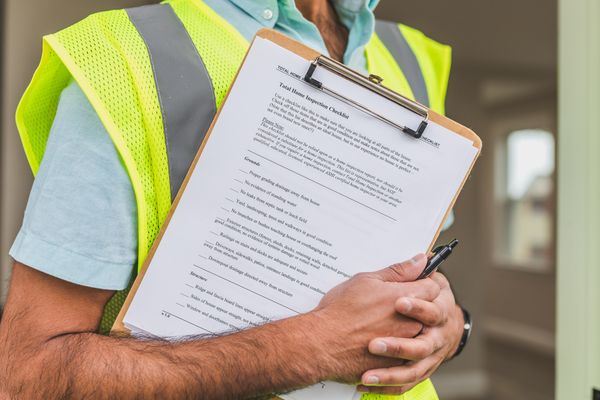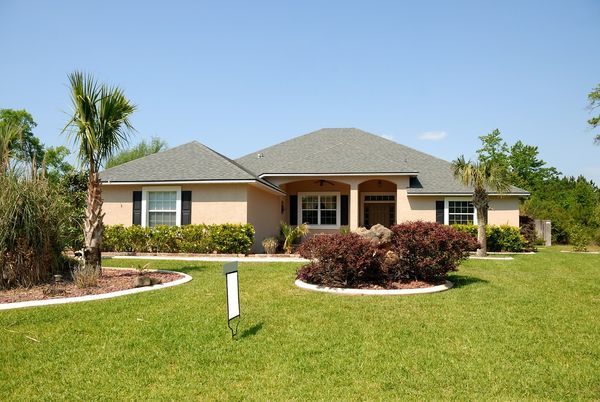Buying a home is a significant milestone for many people, marking the beginning of a new chapter in their lives. As a first-time home buyer, the process can seem overwhelming, with various steps and decisions to make. One of the most critical aspects of purchasing a home is the down payment.
In this comprehensive guide, we will discuss the basics of first-time home buyer down payments, including how much to save, available assistance programs, and tips for making the process smoother.
Understanding the Down Payment
A down payment is the initial amount of money a home buyer pays towards the purchase price of a property. This upfront payment typically ranges from 3% to 20% of the home's cost, depending on the mortgage type and your financial situation.
The larger your down payment, the smaller your mortgage loan will be, leading to lower monthly payments and potentially more favorable loan terms.
Saving for a Down Payment
Establish a savings goal
Determine how much you'll need for a down payment based on the estimated price range of the homes you're considering. For example, if you're targeting a $200,000 house, a 10% down payment would be $20,000.
Set a realistic timeline
Decide when you'd like to purchase your home and create a monthly savings plan to reach your down payment goal. For instance, if you want to buy a house in three years and need a $20,000 down payment, you'll need to save around $555 per month.
Explore high-yield savings accounts
Choose a high-yield savings account to grow your down payment funds faster. These accounts typically offer higher interest rates than traditional savings accounts, helping your money work harder for you.
Reduce expenses and prioritize saving
Cut back on non-essential expenses, such as eating out and entertainment, to free up more money for your down payment fund. Consider setting up automatic transfers from your checking account to your savings account to make saving a habit.
First-Time Home Buyer Assistance Programs
Down Payment Assistance
Many first-time home buyers may qualify for down payment assistance through federal, state, or local programs. These initiatives aim to help individuals overcome financial barriers to homeownership. Some popular options include:
- FHA Loans: The Federal Housing Administration (FHA) offers loans with down payments as low as 3.5% for first-time home buyers with credit scores of at least 580. Borrowers with lower credit scores may still qualify but may need a larger down payment.
- USDA Loans: The U.S. Department of Agriculture (USDA) provides zero-down-payment loans to eligible buyers in rural and suburban areas. These loans are income-restricted and require the property to meet specific eligibility criteria.
- VA Loans: The U.S. Department of Veterans Affairs (VA) offers mortgage loans with no down payment requirement for eligible service members, veterans, and surviving spouses. These loans do not require private mortgage insurance (PMI), which can save borrowers a significant amount of money over the life of the loan.
- State and Local Programs: Many states and local governments offer down payment assistance programs for first-time home buyers. These initiatives may include grants, low-interest loans, or tax credits. Check with your state's housing agency or local housing authorities for information on available programs in your area.
Tips for a Smooth Down Payment Process
Monitor your credit score
A healthy credit score can help you qualify for better mortgage rates and terms, potentially reducing your required down payment. Keep your credit utilization low, pay bills on time, and avoid opening new lines of credit before applying for a mortgage.
Get pre-approved for a mortgage
Pre-approval shows sellers that you're a serious and qualified buyer, potentially giving you an edge in a competitive housing market. Additionally, pre-approval provides a clearer picture of how much you can afford, helping you refine your down payment goal. Look for a mortgage lender that will fit with your financial needs.
Consider a smaller down payment
While a larger down payment has its benefits, it may not always be the best option for first-time home buyers. If you're struggling to save a 20% down payment, explore low down payment mortgage options to get into a home sooner. Remember, though, that a smaller down payment could result in higher monthly mortgage payments and the need for private mortgage insurance (PMI).
Be prepared for closing costs
In addition to the down payment, home buyers are responsible for covering closing costs. These fees, which include loan origination fees, title insurance, and appraisal costs, can range from 2% to 5% of the home's purchase price. Set aside funds for these expenses to avoid financial surprises at closing.
Don't be afraid to negotiate
When making an offer on a home, consider negotiating with the seller to cover some or all of the closing costs. This tactic can help you save money and allocate more funds toward your down payment.
Maintain a healthy emergency fund
It's essential to have an emergency fund in place before purchasing a home. Homeownership comes with unexpected expenses, such as repairs and maintenance. Aim to have at least three to six months' worth of living expenses saved in addition to your down payment and closing costs.
Conclusion
Saving for a down payment as a first-time home buyer can be a challenging but rewarding process. By understanding the basics of down payments, setting realistic savings goals, and taking advantage of assistance programs, you'll be one step closer to owning your dream home.
Don't forget to monitor your credit, get pre-approved for a mortgage, and consider all available options when determining the right down payment size for you. With dedication and persistence, you'll be able to navigate the home buying process and secure the keys to your new home.






